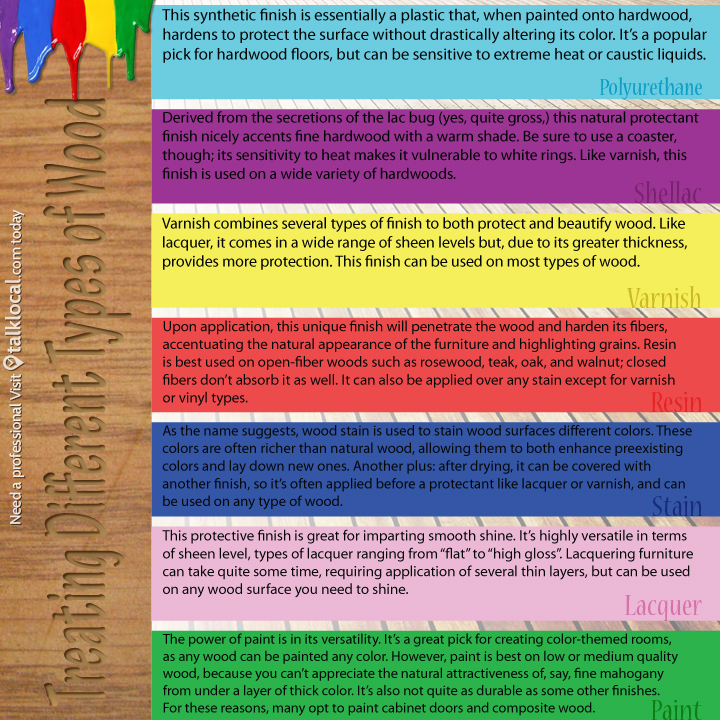Expose The Fascinating Experience Of Refurbishing Aged Cabinets, Unveiling Unimaginable Stories And Opening The Secrets Of Antiquity
Expose The Fascinating Experience Of Refurbishing Aged Cabinets, Unveiling Unimaginable Stories And Opening The Secrets Of Antiquity
Blog Article
Authored By- woodworking
To begin the trip of restoring antique cabinets, you require a keen eye for detail. Envision discovering hidden tricks within each layer of history ingrained in the wood. Picture the complete satisfaction of revitalizing a once-forgotten piece to its previous magnificence. Every action of this precise procedure holds the essential to protecting the past while producing a future treasure. So, are you ready to start this transformative endeavor and unlock the potential of your antique cabinets?
Assessing the Cupboard's Condition
When beginning the restoration process, beginning by evaluating the problem of the antique cupboard. Thoroughly take a look at the total structure for any kind of indications of damage such as cracks, chips, or loosened joints. Check the wood for any type of rot, warping, or insect invasion that may have occurred gradually. It's critical to determine the extent of the remediation needed prior to proceeding better.
Next off, examine the cupboard's hardware such as joints, handles, and locks. Make note of any missing pieces or parts that require repair or substitute. Make certain that all hardware is functioning correctly and securely connected to the closet.
Additionally, evaluate the closet's finish. Search for any scratches, spots, or staining that may influence the aesthetic appeal. Figure out if the surface requires to be removed and reapplied or if a simple touch-up will be adequate.
Collecting the Necessary Tools and Products
After evaluating the condition of the antique cupboard, the next action is to collect the required tools and materials for the repair process. Before you start, guarantee you have the adhering to products on hand:
- wood cleaner
- sandpaper in numerous grits
- timber filler
- paint or wood tarnish
- brushes
- gloves
- security goggles
- a dust mask
- a ground cloth
- a putty knife
- a hammer
- a screwdriver
- a vacuum
These devices and materials are crucial for an effective restoration.
Wood cleaner is vital for getting rid of years of dirt and grime buildup, preparing the surface area for sanding. Sandpaper of various grits assists in raveling blemishes and preparing the wood for a brand-new coating. Timber filler comes in handy for repairing any cracks, openings, or dents present in the cabinet.
Paint or wood discolor, together with brushes, permit you to customize the cabinet to your choice. Bear in mind to put on gloves, safety and security goggles, and a dirt mask for defense. Set a ground cloth to protect your workplace, and make use of a vacuum cleaner to clean up any type of debris.
With these devices and materials collected, you prepare to start the remediation procedure.
Carrying Out the Reconstruction Refine
To successfully execute the restoration process on your antique cabinet, start by extensively cleansing the surface area with the wood cleaner. This step is critical as it assists get rid of years of dust, crud, and old polish that may have accumulated externally.
As soon as the closet is clean and dry, evaluate the problem of the timber. Look for any kind of splits, scrapes, or other problems that require to be resolved. Use wood filler to fix any type of blemishes, making sure to match the filler color to the timber tone for a seamless surface.
After the repairs have dried, gently sand the entire surface to create a smooth and even base for the new coating. Be careful not to sand too strongly, as you don't intend to damage the timber underneath.
As soon as the sanding is total, apply a timber tarnish or complete of your selection, adhering to the supplier's guidelines. Enable the surface to completely dry totally before using a protective top coat to guarantee the long life of your recovered antique closet.
Conclusion
Since you have finished the reconstruction procedure, your antique cabinet looks like new.
By following the detailed overview, you were able to examine, repair, and enhance its condition effortlessly.
With a fresh finish and protective top layer, your treasured piece will continue to shine for several years to find.
Appreciate https://felixcmvnz.bleepblogs.com/29805714/kitchen-makeover-trends-what-s-trending-in-kitchen-layout-for-2024 of your recovered antique cupboard!
